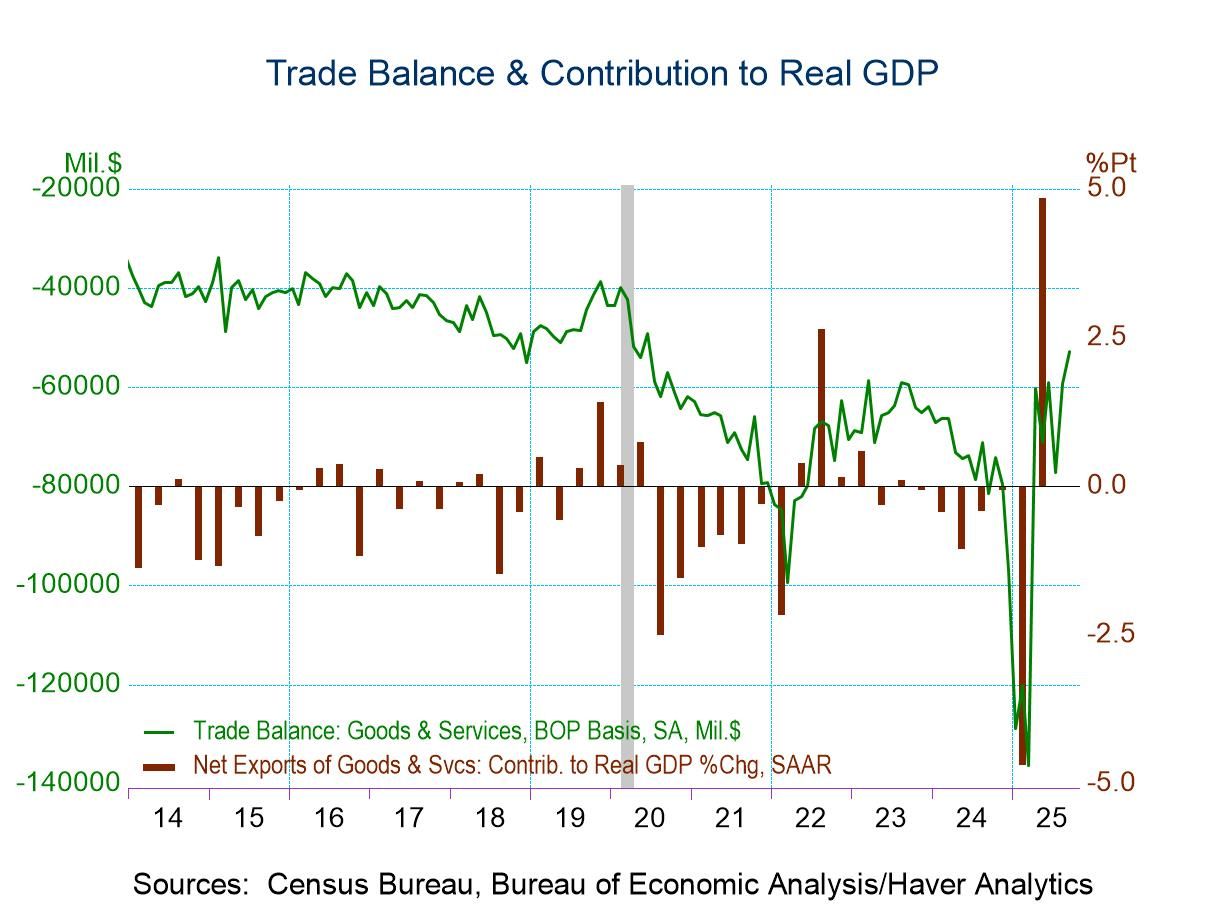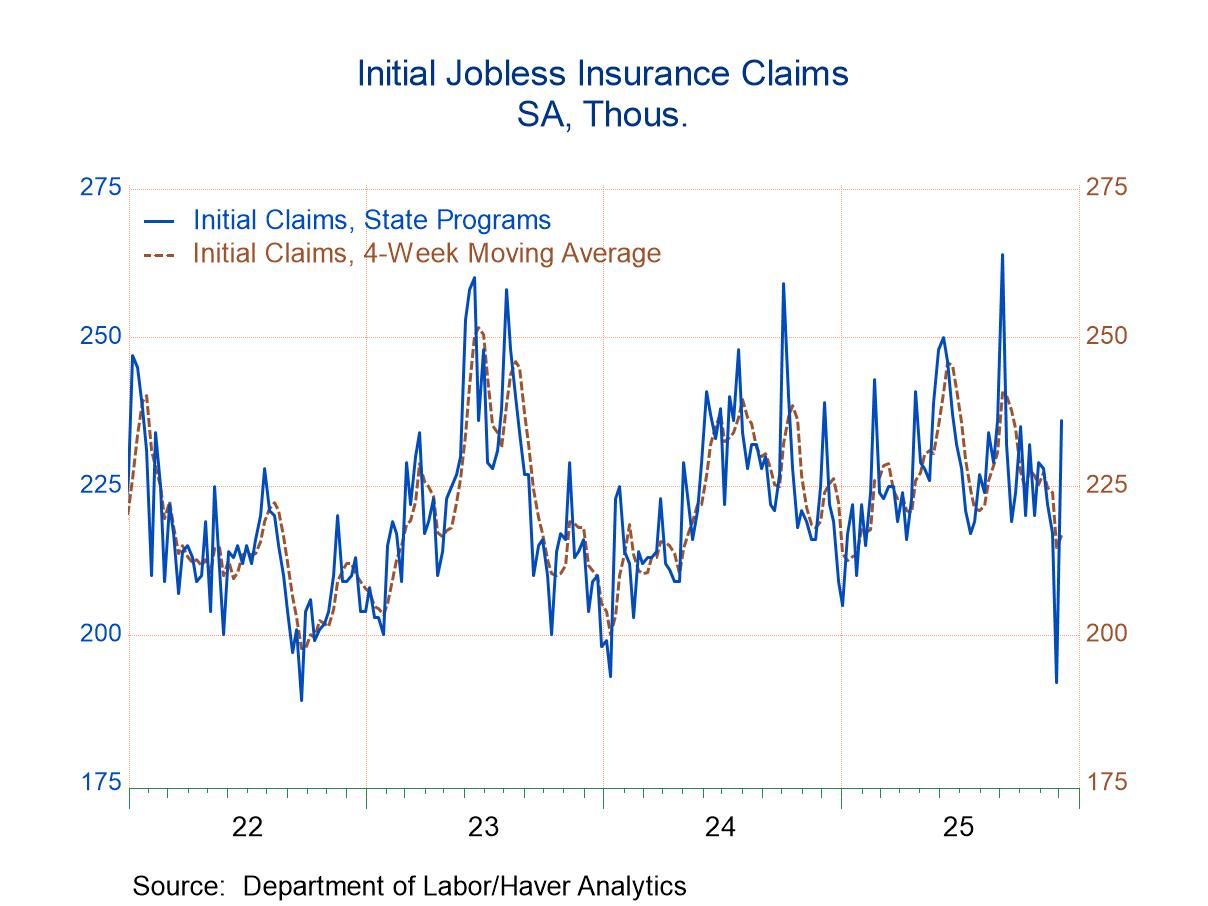Japan’s PPI Ticks Lower

Japan's PPI has ticked lower in March falling by 0.1% after falling by 0.3% in February and after coming up flat in January. The sequential percentage changes for the PPI show that deceleration has been well underway. The PPI is up by 7.2% over 12 months; that falls to a 4.5% annual rate over 6 months and becomes a decline of at a 1.3% annual rate over 3 months. Do I hear in the background the sound of a BOJ victory dance?
For manufactured goods, Japan's PPI rose by 0.2% in March after rising 0.3% in February and falling by 0.3% in January. Despite the higher gains, this index also shows clear deceleration in progress. Over 12 months, the all manufacturing goods PPI has risen at a 5.6% annual rate, compared to a 3.3% annual rate over 6 months and an annual rate increase of just 0.7% - under 1% - over the last three months.
Global trends This trend fits in with global trends where data are not quite as up-to-date as the data released for Japan. Nonetheless in European the European Monetary Union (EMU), there are progressive declines in the PPI for manufacturing; the same is true in the United States. Japan's own CPI also shows progressive declines underway and Japan’s CPI core deviates slightly as it shows a 2.1% gain over 12 months, a deceleration to a 1.6% annual rate over 6 months and then moves back up to a 2% pace over 3 months.
The bottom two entries in the table allow a comparison the Japanese PPI data directly with these other data series that are one-month older. On that basis, we see Japan’s PPI decelerations remain fully in place although the declines that are experienced with a one-month lag are not quite as robust which is not surprising because of the decline in place in the month of March which gets omitted when we calculate the data in this fashion as if updates ended in February.
In the quarter-to-date (QTD) on completed data for Q1 2023 for Japan, we see Japan's PPI is rising at a 2.6% annual rate; manufacturing PPI is rising at a 2% annual rate. The QTD annual rates for inflation in the EMU and the U.S., data that are one month older, show QTD increases of about 1% at an annual rate or less. Japan's own CPI in the QTD on data through February is rising in a 3.3% annual rate with its core at a 1.2% annual rate. And finally, reworking the statistics for Japanese PPI and for manufacturing to exclude the March data and put it on the same footing as the global data, we find a much higher 6.6% annual rate rise in the QTD through February for the total PPI and an increase at a 3.7% annual rate for manufacturing.
Impact of oil prices These data suggest strongly that the inflation progress that is underway is relatively recent. Sequential data on oil prices show that oil prices are lower by 26.2% over 12 months, falling at a 20.7% annual rate over 6 months and falling at a 16.4% annual rate over 3 months. While different countries will experience oil prices in different ways (because of exchange rates), the percentage changes we enter on the table are for Brent, expressed in euros. Setting aside exchange rate issues, we can see that oil prices have been generating negative inflation forces that are quite significant in each of these periods of 12 months, 6 months, and 3 months. And while the decline in oil prices have let up considerably (from falling at a 26% annual rate to a 16% annual rate), they are still substantial and we know that the impact of oil prices on domestic price levels is not instantaneous but occurs over some period of time so there's probably still some more inflation progress in the pipeline from past oil price declines.
The last column reminds us that oil prices tend to have a significant impact on PPIs, and we see correlations there that range from roughly 0.4 to nearly 0.7 but the largest being for finished goods PPI in the United States. However, notice that for Japan Brent oil prices have a negative correlation to the CPI essentially a negligible correlation for the headline and a correlation of -0.35 for the core.

Summing up Japanese authorities have thought for some time that their increase in inflation had some temporary properties, and that inflation would be falling back. While the rest of the world has been raising rates, the Bank of Japan has not. Japan has fought to end deflation and to raise inflation in the country and so getting inflation up in Japan was viewed more as success than it was in most countries and regions in the West. And while the Federal Reserve, for example, argued that its inflation was transitory and delayed in taking steps, that inflation turned out not to be transitory instead to be tenacious and it built a head of steam on the opportunity of Fed inaction to become more entrenched and higher. In contrast, Japan's view that inflation was transitory seems to be bearing fruit and the Bank of Japan is staying its hand against rate increases. Thinking that inflation was going to come back down seems to be a policy that is being vindicated in Japan. The Bank of Japan now has a new governor who will be looking at its former policies especially those regarding yield curve control to decide what comes next. At the same time, Japan is going to be watching the inflation rate very closely to see exactly how much of this inflation rate peels away and how much of that remains in place. That progress will be a critical determinant to Japanese monetary policy moving forward.
Robert Brusca
AuthorMore in Author Profile »Robert A. Brusca is Chief Economist of Fact and Opinion Economics, a consulting firm he founded in Manhattan. He has been an economist on Wall Street for over 25 years. He has visited central banking and large institutional clients in over 30 countries in his career as an economist. Mr. Brusca was a Divisional Research Chief at the Federal Reserve Bank of NY (Chief of the International Financial markets Division), a Fed Watcher at Irving Trust and Chief Economist at Nikko Securities International. He is widely quoted and appears in various media. Mr. Brusca holds an MA and Ph.D. in economics from Michigan State University and a BA in Economics from the University of Michigan. His research pursues his strong interests in non aligned policy economics as well as international economics. FAO Economics’ research targets investors to assist them in making better investment decisions in stocks, bonds and in a variety of international assets. The company does not manage money and has no conflicts in giving economic advice.





 Global
Global
